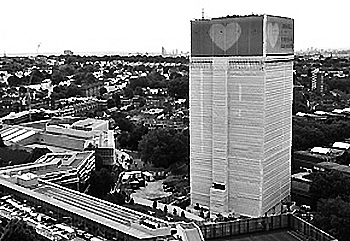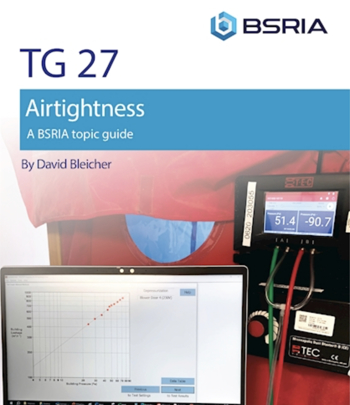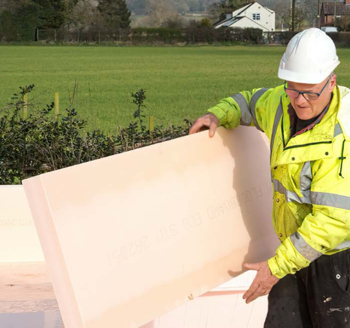Core
Contents |
[edit] Introduction
As materials technology has advanced, and steel and concrete have been able to achieve higher and higher compressive strengths, so the height of skyscrapers has increased to heights that were previously deemed unrealistic.
A skyscraper is essentially a cantilevered steel beam but its rigidity and resistance to lateral and vertical forces is made possible by the core that runs up its entire length. In effect, the core is a hollow tube within a hollow tube, and the structure usually comprises an outer frame and an inner core.
Whether a steel- or concrete-framed building, the core is usually a square or rectangular reinforced concrete tube located inside the building. It comprises concrete walls that will have openings for access and egress and is typically placed centrally in the floor plan with usable space – for apartments, offices etc – arranged around it. But it can also be offset which can give a better use of floor space.
A core serves the following functions:
- Aids the building’s structural stability.
- Provides access and escape e.g via lifts and stairs
- Allows a convenient clustering of services such as toilets, storage and fire services.
- Creates a protected fire compartment.
[edit] Structure
Today’s skyscrapers are usually hybrid structures, comprising an outer relatively light steel frame linked to an internal concrete core. The cladding to the building is usually non-loadbearing. Steel is typically used for the frame as it can be built to higher levels than reinforce concrete. The typical arrangement seen in many of the world’s tall buildings involves an external steel frame and inner concrete core.
The core’s walls are typically called shear walls and achieve a lateral stiffness that is greatly in excess of that of the outer frame. This allows the core to resist the lateral forces arising from wind and earthquakes that can act on buildings. Used in conjunction with an outer steel frame, the core resists the horizontal loads while the lighter steel columns resist the vertical load.
As an alternative to a concrete core, steel-framed buildings may also have steel cores which give the advantage of rapid construction without having to wait for concrete to cure. In such cases, stiffness may be imparted to the steel core by diagonal steel bracing or by prefabricated concrete panels inserted in bay as construction progresses.
Lateral loads are transferred from the outer steel structure to the core through the floor structure, typically comprising long-span beams, their secondary counterparts and concrete slabs or steel decks.
The combination of frame and core shear-wall action allows skyscrapers to resist huge lateral forces while suffering only mild deflection: prior to their destruction, the twin towers of the World Trade Centre in New York would have a top sway (or drift) in the order of around 900mm.
Concrete cores in high-rise buildings can also be stabilised further by the use of outriggers – trusses inserted to brace the core and which may be supported by super tall (or mega) columns. Outriggers can be one or two storeys deep and connect the core to the perimeter columns.
[edit] Alternative definition
Redefining value, The manufacturing revolution, Remanufacturing, refurbishment, repair and direct reuse in the circular economy, published by the United Nations Environment Programme in 2018, suggests core is a : ‘…previously sold, worn or non-functional product or module, intended for the remanufacturing process. During reverse-logistics, a core is protected, handled and identified for remanufacturing to avoid damage and to preserve its value. A core is usually not waste or scrap, and it is not intended to be reused for other purposes before comprehensive refurbishment or remanufacturing takes place.’
[edit] Related articles on Designing Buildings
- 7 Engineering Wonders of the World.
- Advantages of shell and core.
- Base construction.
- Building height.
- Building regulations.
- Comprehensive refurbishment.
- Groundscraper.
- Low-rise building.
- Megastructure.
- Megatall.
- Multi-storey structure.
- Outrigger.
- Practical completion.
- Rent free period.
- Secondary ventilation stacks in tall buildings.
- Shear wall.
- Skeleton frame.
- Skyscraper.
- Storey.
- Structural systems for offices.
- Super-slender.
- Supertall.
- Tall building.
- Tallest buildings in the world.
- The Mile.
- Top 10 skyscrapers located in the UAE.
- Tower.
Featured articles and news
Building Safety Regulator reforms
New roles, new staff and a new fast track service pave the way for a single construction regulator.
Cooling centres and cool spaces
Managing extreme heat in cities by directing the public to places for heat stress relief and water sources.
Winter gardens: A brief history and warm variations
Extending the season with glass in different forms and terms.
Restoring Great Yarmouth's Winter Gardens
Transforming one of the least sustainable constructions imaginable.
Construction Skills Mission Board launch sector drive
Newly formed government and industry collaboration set strategy for recruiting an additional 100,000 construction workers a year.
New Architects Code comes into effect in September 2025
ARB Architects Code of Conduct and Practice available with ongoing consultation regarding guidance.
Welsh Skills Body (Medr) launches ambitious plan
The new skills body brings together funding and regulation of tertiary education and research for the devolved nation.
Paul Gandy FCIOB announced as next CIOB President
Former Tilbury Douglas CEO takes helm.
UK Infrastructure: A 10 Year Strategy. In brief with reactions
With the National Infrastructure and Service Transformation Authority (NISTA).
Ebenezer Howard: inventor of the garden city. Book review.
The Grenfell Tower fire, eight years on
A time to pause and reflect as Dubai tower block fire reported just before anniversary.
Airtightness Topic Guide BSRIA TG 27/2025
Explaining the basics of airtightness, what it is, why it's important, when it's required and how it's carried out.
Construction contract awards hit lowest point of 2025
Plummeting for second consecutive month, intensifying concerns for housing and infrastructure goals.
Understanding Mental Health in the Built Environment 2025
Examining the state of mental health in construction, shedding light on levels of stress, anxiety and depression.
The benefits of engaging with insulation manufacturers
When considering ground floor constructions.
Lighting Industry endorses Blueprint for Electrification
The Lighting Industry Association fully supports the ECA Blueprint as a timely, urgent call to action.





















